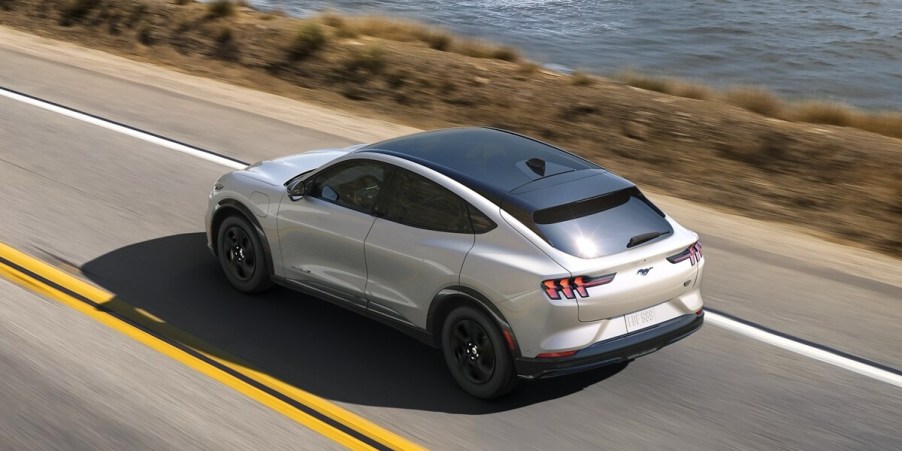
Auto Brake Hold vs. 1-Pedal Driving: What Is the Difference?
Before the advent of EVs and other automotive innovations, most drivers had become familiar with cars requiring using two feet to drive — one for the gas pedal and one for the brake. However, one-pedal driving and advanced auto brake hold have made the driving experience more convenient and efficient. So, what is the difference between auto brake hold and one-pedal driving?
What is auto brake hold?

Also known as auto-hold or autohold, depending on the automaker, auto brake hold is a feature in modern cars that allows drivers to keep their vehicles in gear but stationary without pressing the brake pedal for an extended period. This feature is beneficial when driving in traffic. When enabled, the car’s brakes remain engaged after the driver takes their foot off the brake pedal.
This feature is available in many late-model cars with automatic transmissions and can be enabled through a switch, button, or dial, depending on the automaker. For example, modern Mazda and Honda vehicles have an auto brake hold function that can be turned on and off via a switch near the gear shift knob.
Pros of auto brake hold
- Allows drivers to keep their cars in position without using the brake pedal
- Prevents unnecessary brake wear and tear
- Helpful for long drives, eliminating the need to depress the brake pedal repeatedly in stop-and-go traffic
Cons of auto brake hold
- Might not be suitable for slippery roads
- Driver must press on the brake pedal to bring the car to a complete stop
What is 1-pedal driving, and how does it work?
According to Energy.gov, one-pedal driving is a technology available in all-electric vehicles, hybrid cars, and plug-in hybrid electric vehicles (PHEVs). Unlike cars with internal combustion engines (ICE), electrified vehicles have regenerative braking. Through regenerative braking, these cars can convert the kinetic energy of slowing down into electrical energy. This process can be used to slow and stop the car without having to press the brake pedal.
One-pedal driving is a convenient and easy way to drive because, like auto hold, it reduces the driver’s need to press the brake pedal. Automakers that offer a one-pedal driving function in their EVs include Tesla, Ford, Hyundai, and Kia.
Pros of 1-pedal driving
- Generates electrical energy from regenerative braking, helping to conserve battery power
- More convenient than conventional two-pedal driving as it eliminates the need to depress the brake pedal
Cons of 1-pedal driving
- Driving on slippery roads can be hazardous if not done carefully, as it may take longer for the car to stop completely
How are auto brake hold and 1-pedal driving similar?
Although auto brake hold and one-pedal driving are two different technologies, they share some fundamental similarities. For example, they both provide drivers with more convenience regarding their driving experience, as motorists can keep their cars in position without having to press the brake pedal for an extended period.
Additionally, because auto brake hold and one-pedal driving require less input from the driver, they can help reduce fatigue and improve comfort.
How are these 2 technologies different?
The most significant difference between auto brake hold and one-pedal driving is that the latter is available only in EVs, hybrids, and plug-in hybrid electric vehicles. Traditional gas- and diesel-powered cars cannot benefit from one-pedal driving. Additionally, one-pedal driving is powered by regenerative braking, which can’t be found in ICE cars.
Another difference is that auto brake hold usually requires manually turning it on or off, while one pedal driving can be activated automatically.






